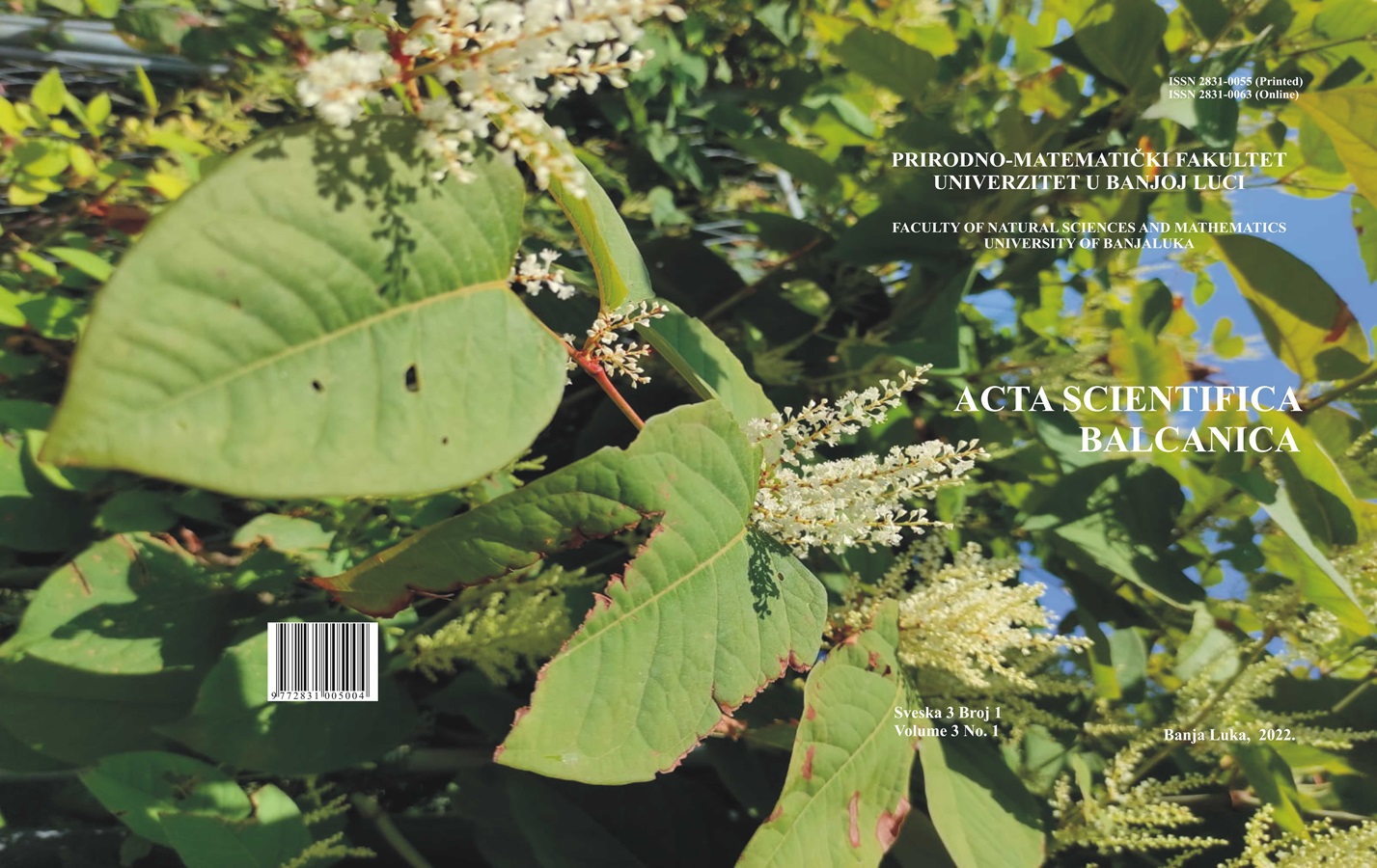DETERMINATION OF CHLORIDE CONTENT IN BOTTLED MINERAL WATER
DOI:
https://doi.org/10.7251/ASB220301013BAbstract
Mineral waters from different sources have different contents, because each source has its own individual physical and chemical characteristics. Chlorides appear in natural waters because of the dissolution of minerals from sediments, but also because of anthropogenic influence. In this paper, Mohr's method of chloride content determination was used. Natural mineral waters “aqua viva” and “ELEMENT” were used for testing. Determination by Mohr’s method was performed in water samples without the addition of standard and with the addition of standard, as well as in the standards themselves. In water samples without the addition of standards, much higher chloride content values were obtained than those given by the declaration. The results of the Recovery test obtained after the determination of chloride content in the samples with the addition of the standard confirmed the applied method for the used concentration range. Based on the difference in the chloride content in the samples with the addition of standard and the standards themselves, the values of the chloride content in the sample were determined and they were closer to the values stated on the declaration. Given the results of the performed analyses, it can be concluded that they are in agreement with literature data, i.e. Mohr’s method is more suitable for determination in samples with high chloride concentrations. In samples containing low concentrations of chloride, a tendency towards increased results was recorded, which was also the case in this research.
